Exploring Innovations in Car Sound Systems at the 138th China Import and Export Fair 2025
As the automotive industry continues to evolve, the significance of the car sound system has become increasingly paramount, reflecting the growing consumer demand for advanced audio experiences. According to recent reports from the Audio Engineering Society, the global car audio market is projected to reach approximately $15 billion by 2026, driven by technological innovations and enhanced multimedia features. Events such as the 138th China Import and Export Fair in 2025 serve as pivotal platforms for showcasing the latest innovations in car sound systems, where manufacturers and tech companies converge to unveil state-of-the-art audio solutions. The integration of artificial intelligence, immersive surround sound technologies, and connectivity features are revolutionizing the in-car entertainment experience, paving the way for a new era in automotive acoustics. This introduction to the innovations presented at the fair highlights the transformative landscape of car sound systems, setting the stage for a deeper exploration of the future of automotive audio technology.
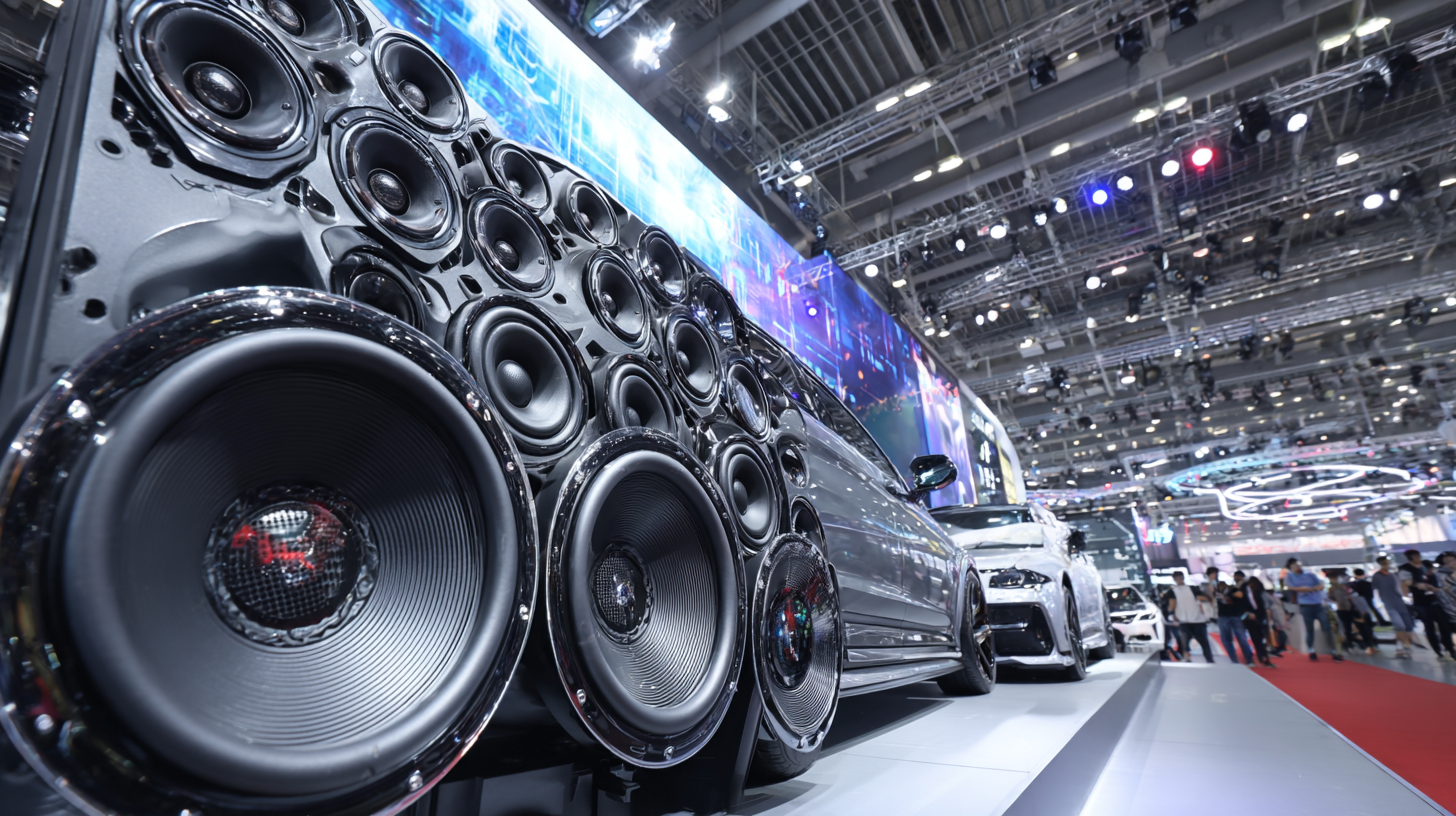
Innovative Technologies Driving Next-Gen Car Sound Systems at the 138th China Import and Export Fair
At the 138th China Import and Export Fair 2025, the automotive industry showcased groundbreaking innovations in car sound systems, highlighting the role of technology in transforming the auditory experience within vehicles. Leading manufacturers presented advanced audio components that leverage artificial intelligence and machine learning to deliver personalized sound experiences. These systems are designed to adapt to individual user preferences, optimizing sound quality based on factors such as vehicle acoustics and passenger dynamics.
Additionally, the integration of augmented reality technology offers drivers and passengers a unique listening experience. Through spatial audio techniques, sound is positioned in three-dimensional space, creating a more immersive environment that enhances both music enjoyment and navigational prompts. The fair also emphasized sustainability, with many companies showcasing eco-friendly materials and energy-efficient designs in their audio systems. This commitment to innovation ensures that the future of car sound systems not only prioritizes audio excellence but also aligns with global efforts toward environmental responsibility.
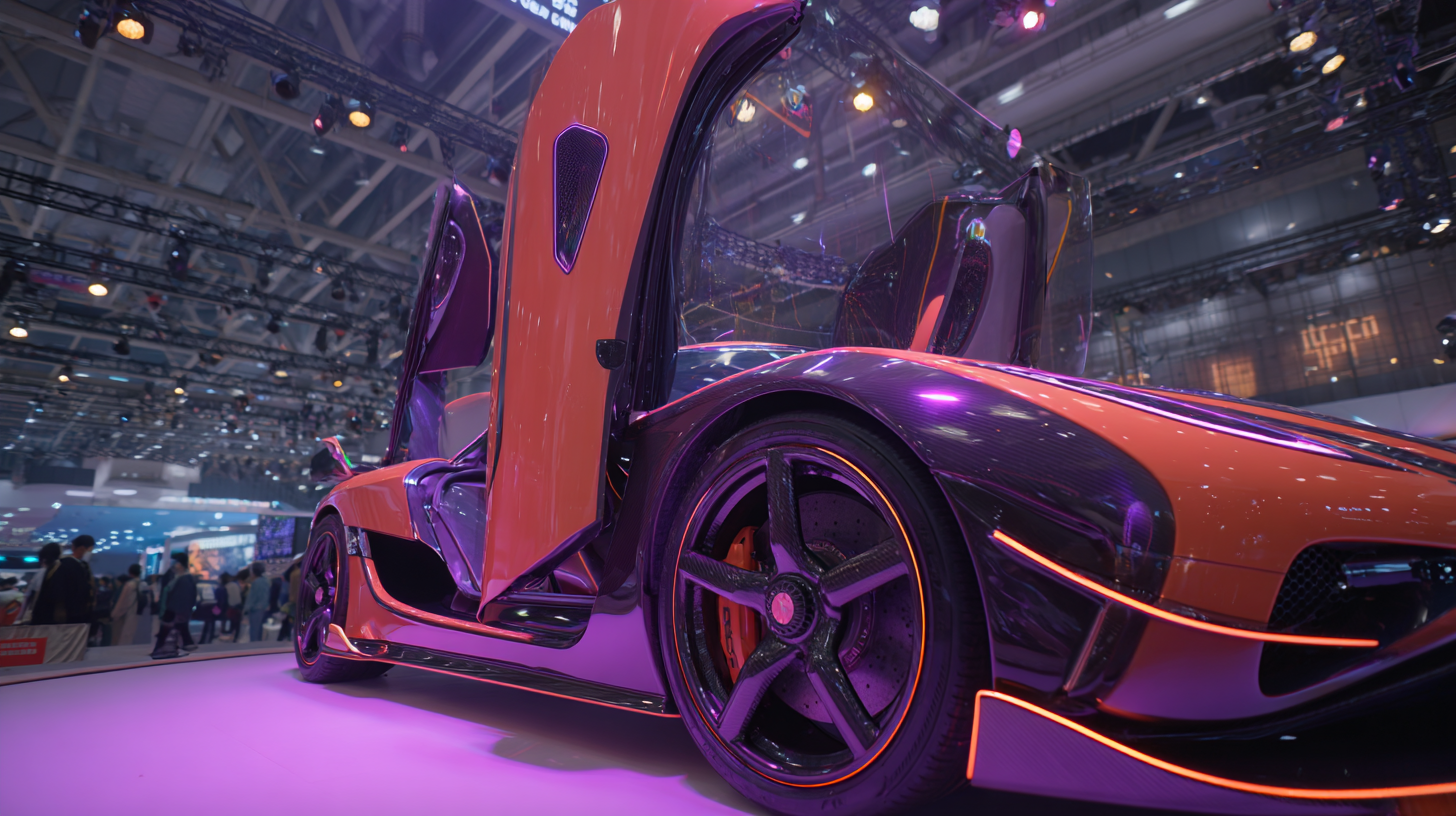
Impact of 3D Sound Imaging on Automotive Audio Experiences in 2025
The emergence of 3D sound imaging technology is revolutionizing automotive audio experiences as showcased at the 138th China Import and Export Fair 2025. According to a report by the International Audio Engineering Society, over 70% of consumers express a preference for advanced auditory technologies in their vehicles, highlighting the significance of immersive sound experiences. This technology provides drivers and passengers with a spatially accurate soundstage, allowing them to hear audio elements from multiple directions rather than a traditional stereo setup. This shift enhances the overall enjoyment of music, navigation prompts, and entertainment systems, making every journey more engaging.
For car manufacturers looking to integrate 3D sound imaging, it’s essential to consider a few tips. First, collaborate with leading sound technology providers who have experience in spatial audio design to ensure high-quality integration. Second, focus on optimizing speaker placement within the vehicle's interior to maximize the effects of 3D sound. Finally, gather consumer feedback through pilot programs on the new audio experiences to refine functionalities further. As automotive sound systems continue to innovate, staying at the forefront of these advancements will keep manufacturers competitive and consumer-centric.
Exploring Innovations in Car Sound Systems at the 138th China Import and Export Fair 2025 - Impact of 3D Sound Imaging on Automotive Audio Experiences in 2025
| Dimension | Details |
|---|---|
| 3D Sound Imaging Technology | Advanced spatial sound experience creating immersive audio landscapes. |
| Key Features | Dynamic sound adjustment, surround sound capability, and spatial audio rendering. |
| User Experience | Enhanced listening experience, reduced auditory fatigue, and improved sound localization. |
| Target Audience | Automotive enthusiasts, audiophiles, and tech-savvy consumers in the automotive market. |
| Market Trends | Increasing demand for premium audio systems and integration of smart technology in vehicles. |
| Challenges | Balancing performance with cost, compatibility with existing systems, and space constraints in vehicles. |
Market Trends: Growing Demand for Premium Sound Systems in the Chinese Automotive Sector
The automotive industry is witnessing a significant shift towards premium sound systems, particularly in the burgeoning Chinese market. As consumers become increasingly discerning about their in-car experiences, the demand for high-quality audio has surged. This trend reflects a broader shift in consumer preferences, where owners are no longer satisfied with standard sound packages and are actively seeking superior audio solutions that can transform their driving experience.
At the 138th China Import and Export Fair in 2025, innovations in car sound systems will take center stage. Manufacturers are responding to the growing appetite for enhanced audio quality by introducing cutting-edge technologies such as immersive surround sound, advanced noise cancellation, and integration with smart devices. As a result, the automotive sector is not only focused on performance and safety but also on creating a luxurious and enjoyable in-car atmosphere. This evolution signifies a promising opportunity for brands to invest in premium sound systems and cater to consumers looking for a more refined auditory experience in their vehicles.
Sustainability in Car Audio: Eco-Friendly Materials and Production Techniques
At the 138th China Import and Export Fair 2025, innovations in car sound systems are taking center stage, particularly with an emphasis on sustainability. The automotive industry is increasingly recognizing the importance of using eco-friendly materials and production techniques to minimize environmental impact. Recent studies indicate that approximately 40% of consumers are willing to pay more for vehicles that employ sustainable components—a clear signal for manufacturers to innovate. Notably, using recycled plastics and natural fibers not only reduces waste but also enhances the overall sound quality, leading to an increased demand for eco-friendly audio systems.
Incorporating sustainable practices is not just beneficial for the environment; it can also provide a competitive edge. For instance, implementing green manufacturing techniques can lower production costs by as much as 30%, according to a report by the International Automotive Recycling Federation. These savings can then be reinvested into further innovation and development, creating a positive feedback loop within the industry.
Tips for consumers considering eco-friendly sound systems include researching brands that prioritize sustainability, checking for certifications related to environmental practices, and looking out for products made with reusable materials. By choosing options that align with these values, consumers can contribute to a more sustainable automotive future while enjoying premier audio experiences.
Collaboration Between Audio Brands and Automakers: Key Partnerships Shaping the Future of Car Sound Systems
At the 138th China Import and Export Fair 2025, the collaboration between audio brands and automakers is redefining the landscape of car sound systems. Industry reports indicate that the global automotive audio market is projected to reach $16.9 billion by 2026, driven by increasing consumer demand for high-fidelity sound experiences in vehicles. This surge in interest has prompted partnerships between leading audio brands, like Harman and Bose, with major automakers such as BMW and Mercedes-Benz. These collaborations focus on integrating advanced audio technologies, ensuring that drivers and passengers enjoy premium sound quality.
Innovations highlighted at the fair include the use of spatial audio and 3D sound systems, which companies are increasingly adopting to enhance the in-car auditory experience. A recent study from Market Research Future indicates that such technologies could increase market penetration by up to 25% in the next four years. As audio brands continue to leverage data analytics to tailor their systems to specific vehicle profiles, the resulting synergy between automakers and audio specialists is set to elevate the standard for car entertainment systems, catering to a tech-savvy generation of consumers who prioritize sound as much as connectivity.
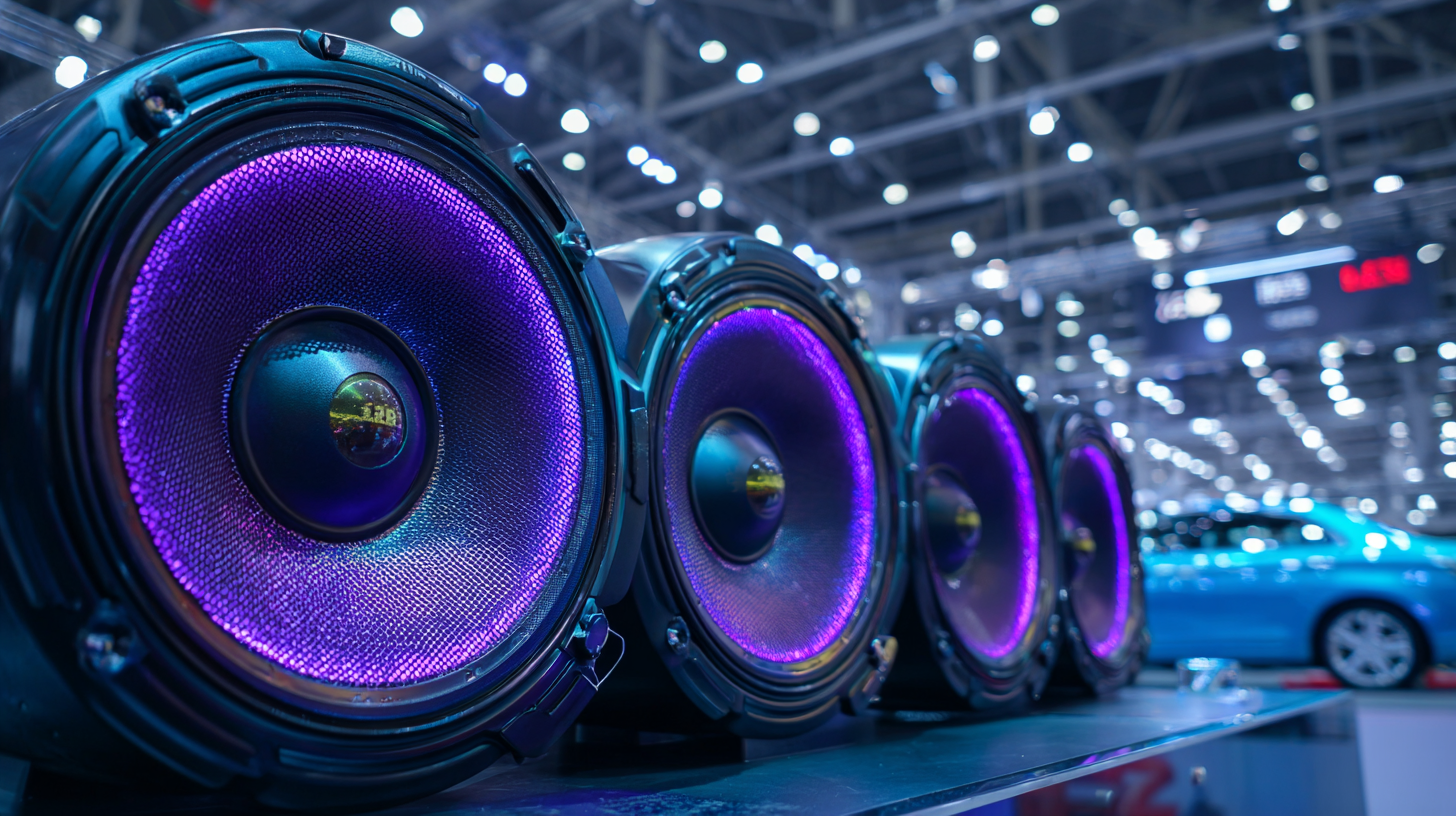
Related Posts
-
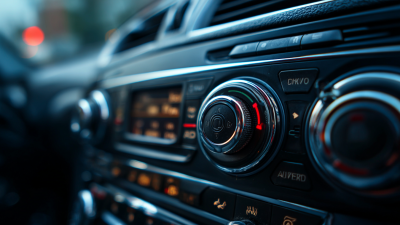
How to Choose the Perfect Car Audio System for Your Vehicle
-
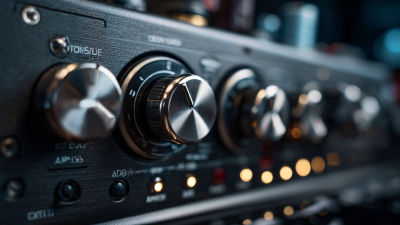
How to Choose the Right Car Audio Amplifier for Your Sound System
-

How to Choose the Best Subwoofer for Your Car Audio System
-
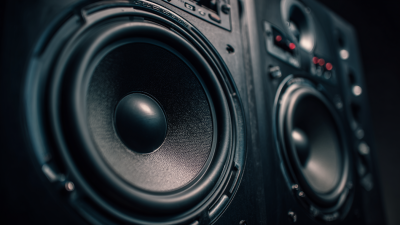
What Are High Speakers? Exploring the Innovations and Benefits for Global Buyers
-

Ultimate Checklist for Choosing the Best Car Speakers for Your Sound System
-

Ultimate Guide to Enhancing Your Vehicle with Perfect Car Sound Solutions
